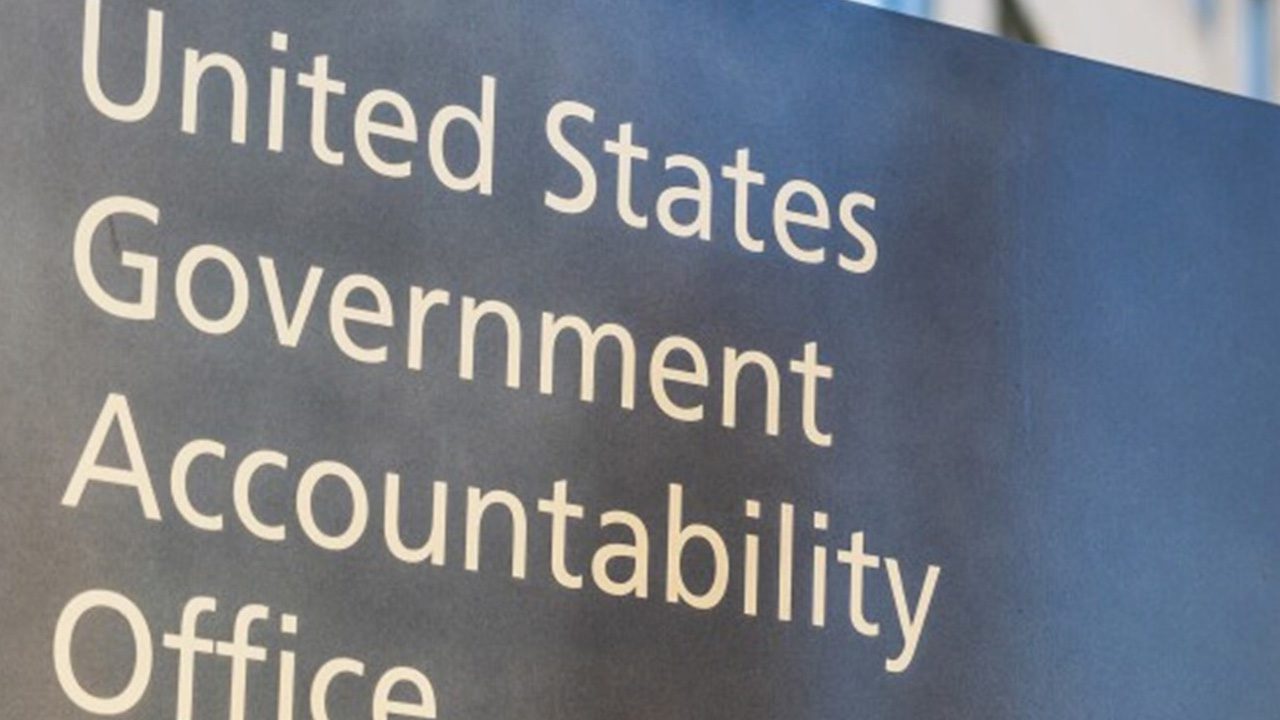Which Students Are Most Likely to Be Arrested in School?
Education Week | By Brooke Schultz | July 15, 2024
A student’s race, gender, and disability status all heavily factor into which students are arrested, according to a new report from the Government Accountability Office.
The findings, released July 8, stem from a provision in Congress requiring the GAO to review the role of policing in schools, particularly looking at the impact of race. The GAO analyzed the U.S. Department of Education’s dataset from the 2015-16 and 2017-18 school years, the most recent data from before the COVID-19 pandemic.
The report adds to a growing body of research that shows students of color, particularly Black students, and students with disabilities face disproportionate disciplinary measures at school. Researchers have said that early punitive discipline can negatively impact school experience, graduation rates, and the likelihood of ending up in the criminal justice system.
The GAO’s report found that Native Hawaiian/Pacific Islander, Black, and American Indian/Alaska Native students are arrested two to three times the rate of their white peers. Students with disabilities, meanwhile, are also arrested at higher rates than students of the same gender who don’t have disabilities.
But the findings are nuanced when you look across disability status and gender on top of racial groups, said Jackie Nowicki, a director at the GAO who focuses on K-12 education issues.
“You start to see things like Black girls without disabilities having higher arrest rates than white girls with disabilities,” she said. “All those characteristics matter. They matter more when they are sort of layered on top of each other, but they matter differently for different groups of kids.”
It’s been a consistent problem that school leadership is concerned about and working on, said Bryan Joffe, director of children’s programs for AASA, the School Superintendents Association.
“Collecting the data and having a flashlight on what’s really happening is sort of step one, and then trying to get at some of the root causes of the disciplinary issues themselves—but also of the discrepancies between ethnicities, and gender, and disability status—in terms of how schools respond and policies and practices, continues,” he said.
Arrest rates were twice as high in schools that had police, compared to demographically comparable schools without police, the report found. Arrests are also more common when police are involved in student discipline, which is a practice that is generally discouraged by the U.S. Departments of Education and Justice, and the National Association of School Resource Officers, Nowicki said.
“When you start seeing nationwide patterns in disproportionality, it should prompt people to ask why that is,” Nowicki said. “When we are arresting kids, that’s lifelong consequences for the child, for the community. Our goal should be to figure out what’s going on so we can help kids.”
Educators and activists have debated whether police should be in schools with heightened attention after the murder of George Floyd in 2020 at the hands of police. Several school districts removed officers then, but concerns about gun violence in schools—particularly after a deadly school shooting that killed 19 students in Uvalde, Texas—prompted some to reinstate policing positions on campus.
What causes a “log jam” in efforts to reform police involvement in schools is the national issue of gun violence, Joffe said.
“Many schools that would otherwise be interested in getting police off campus and having less presence or security are also unfortunately dealing with an awful amount of gun violence that sometimes spills into our schools,” he said.
As part of its report, the GAO recommended that the U.S. Department of Education begin to collect arrest and referral data by race for students who fall under Section 504, a law that prohibits discrimination due to disability and provides educational supports for students.
The department should also disclose limitations of its 2021-22 data set, as it modified the definition of arrests but didn’t tell districts until data collection had begun, creating reliability concerns for data collected that year, according to the report, and should better inform school districts about changes to arrest and referral data in its data collection.
The department generally agreed with the recommendations, the report stated.
A department spokesperson said that the department’s Office of Civil Rights “strives to ensure CRDC data is an accurate and comprehensive depiction of student access to educational opportunities.”






